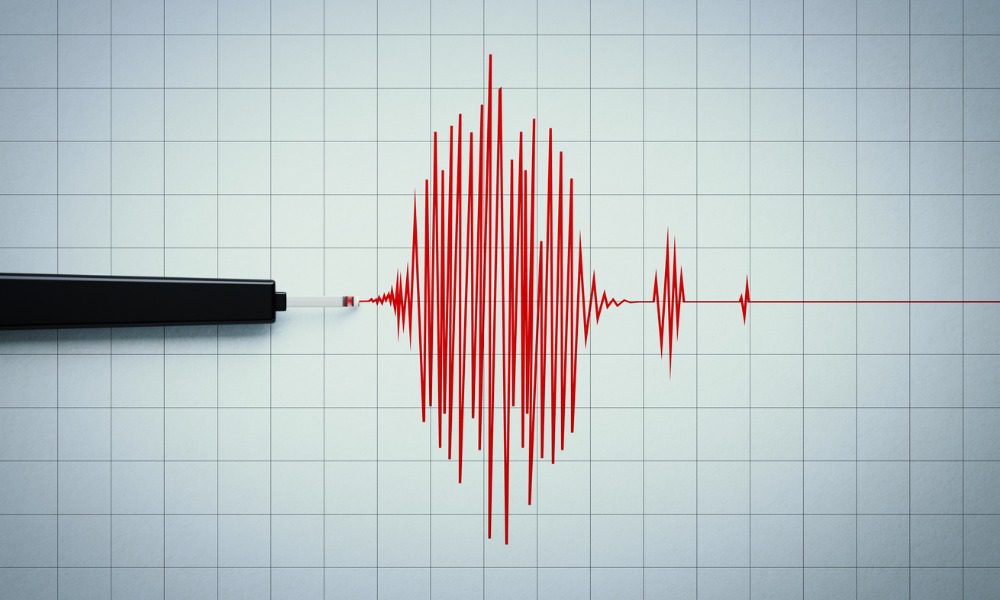EQC’s testing on historic Auckland bridge yielded key infrastructural insights

EQC’s testing on historic Auckland bridge yielded key infrastructural insights | Insurance Business New Zealand
Catastrophe & Flood
EQC’s testing on historic Auckland bridge yielded key infrastructural insights
Seismic tests provided an opportunity to showcase conditions simulating a significant earthquake
Catastrophe & Flood
By
Kenneth Araullo
Recent tests by the Toka Tū Ake EQC at the University of Auckland on an 84-year-old bridge have yielded important findings for New Zealand’s infrastructure.
The research, led by Dr Lucas Hogan, involved rigorous testing of concrete bridge piers from the now-replaced Whirikono Bridge on State Highway 1. Funded by Toka Tū Ake EQC and QuakeCoRE, the study was designed to assess the bridges’ resilience to seismic activity.
In 2020, the team conducted seismic tests on the bridge’s foundation piles during its deconstruction. This phase provided a unique opportunity to test the bridge’s endurance under conditions simulating a significant earthquake. Following this, three bridge piers were transported to the University of Auckland for further testing.
Hogan highlighted the importance of these tests, noting the strength of bridges constructed in the 1930s across New Zealand’s braided rivers, despite limited knowledge of seismic risks at the time. The results demonstrate the bridges’ durability, even after decades of exposure to natural elements.
The tests have implications for emergency planning and infrastructure resilience. Hogan referenced the disruption caused by the closure of the Ashburton Bridge in 2020, emphasising the potential impact of similar events in the future, particularly in the event of an Alpine Fault earthquake.
Toka Tū Ake EQC Head of Research, Dr Natalie Balfour, expressed the significance of these findings for New Zealand’s infrastructure resilience, particularly in reducing the impact of natural hazards.
“One of the key areas where we can reduce the impact of natural hazards is to increase the resilience of our infrastructure. When bridges and roads are unpassable, any recovery will be significantly affected, as we saw in Kaikōura in 2016,” Balfour said.
The research team is also exploring retrofitting techniques to extend the life of these historic bridges. Collaborating with University of Canterbury engineer Santiago Pujol, the team is testing affordable retrofit solutions developed from research in Japan during the 1980s. These techniques involve the use of steel rods and clamps to reinforce the bridges, enabling them to withstand minor damages from seismic events.
What are your thoughts on this story? Please feel free to share your comments below.
Related Stories
Keep up with the latest news and events
Join our mailing list, it’s free!






